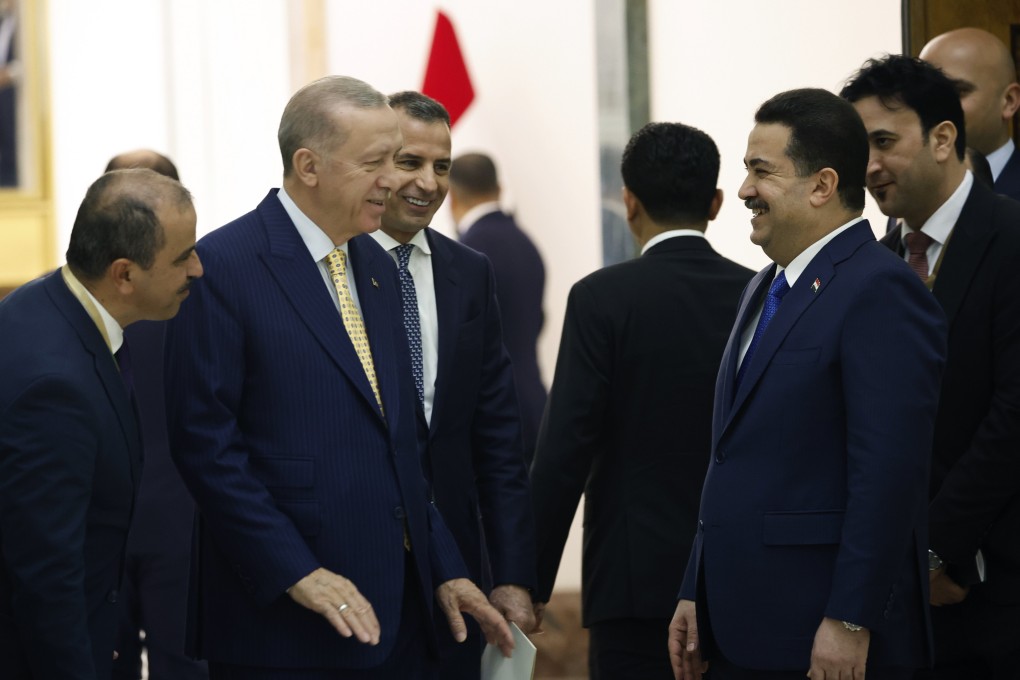Advertisement
Opinion | Middle powers’ new trade routes will be lifeblood of multipolar world
- It’s not just China – from India to Russia and the Middle East, states are collaborating over trade corridors as an alternative to US power structures
Reading Time:3 minutes
Why you can trust SCMP
0

Trade routes are vital in our interconnected world. Yet, they face significant challenges from regional conflicts, economic crises and funding uncertainties. Importantly, the shift from a US-led unipolar world to a multipolar one could also give rise to threats to global commerce.
In this new landscape, developing economies with ambitious foreign policy agendas – often labelled middle powers – are forging new alliances and seeking new avenues to navigate the uncertainty. While some Western experts dismiss these trends as “exaggerated panic”, reality tells a different story.
Brics is expanding, and US partners such as the Gulf nations are making long-term business contracts with China while still buying expensive US military hardware. Meanwhile, despite Western sanctions, Russia has stayed afloat partly thanks to China, which has benefited the most from this situation.
In this tumultuous landscape, global trade routes have become lifelines, enabling countries – major and middle powers alike – to challenge the monopoly of Western-dominated power structures.
China’s Belt and Road Initiative is a case in point. This multibillion-dollar project encompasses six major trade routes, extending from China to Europe via Central Asia and the Caucasus, to the Gulf through Pakistan, and Southeast Asia from its southern borders.
With this network, China is solidifying its trade influence through a route diversification strategy that protects against sanctions like those imposed on Russia, and mitigates risks associated with the “Malacca dilemma”: China vulnerabilities should the US blockade the Malacca Strait. But these routes are not risk-free. The China-Pakistan Economic Corridor, for one, faces significant terrorist threats, particularly around the Gwadar Port construction site.
Advertisement
-(2).jpg?itok=Mv8TYufL&v=1710224449)